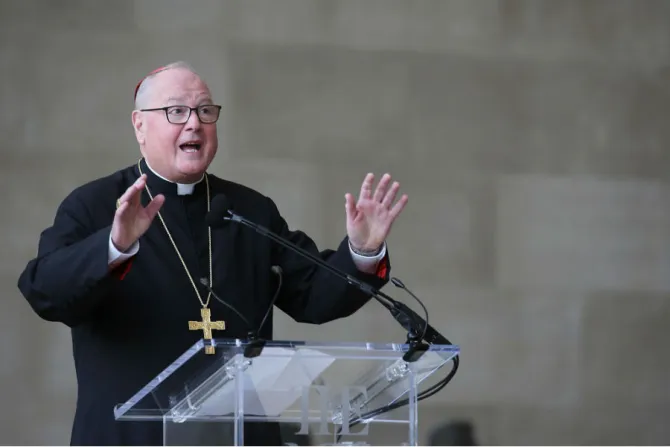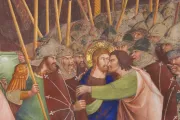Madeleine Kearns, writing for The Spectator, a UK publication, said that Catholics 'can cope' with cultural appropriation, and that being offended by it is a "counter-productive, ideological dead-end; a festival of victim culture. As far as I'm concerned, if people want to dress up as the Pope, or drape rosary beads over their car mirrors - why ever not? It starts a conversation about a culture I'm proud of."
Eloise Blondiau, writing for America magazine, said that "If nothing else, the theme of this year's exhibition and gala shows a willingness to engage with religion that is healthy and promising in a climate where polarization is rife."
While the event was organized in cooperation with the Vatican, Cardinal Timothy Dolan of New York was one of a few prelates in attendance, joking later that he ordered in "street meat" - hot dogs from to a pushcart - to the posh event after finding the refreshments insufficient, and joking that Rihanna borrowed her miter from him.
The cardinal, who some criticized for attending the event, said in a press conference for the opening of the exhibition that he came because the 'Catholic imagination' honors "the true, the good, the beautiful."
In the 'Catholic imagination,' the True, the Good, and the Beautiful have a name: Jesus Christ, who revealed Himself as 'the Way, the Truth, and the Life,'" he said. "In the 'Catholic imagination,' the truth, goodness, and beauty of God is reflected all over… even in fashion. The world is shot through with His glory," he said, adding a thanks to the organizers of the event, as well as to the Vatican "for its historic cooperation."
Dolan later told SiriusXM's The Catholic Channel that as a self-proclaimed "JCPenney's Big and Tall man" his personal interest in the event was not for the fashion, but for the chance to engage with people about the Catholic faith.
"There were some aspects that looked like kind of a masquerade party, a Halloween party," he said. "I didn't really see anything sacrilegious, I may have seen some things in poor taste, but I didn't detect anybody out to offend the church."
However, "A number of people came up and spoke about their Catholic upbringing and things they remembered and it was a powerful evening."
The exhibition itself will run May 10 – Oct. 8, 2018 and is hosted at the Anna Wintour Costume Center, the medieval rooms at the Met on Fifth Avenue, and the Met Cloisters in uptown New York City. It is the Met Costume Institute's largest show to date.
Church garments and liturgical vestments, many of which are still in use, will be displayed separately from the fashion exhibit, out of respect. The items in the separate exhibit come from the Sistine Chapel sacristy's Office for the Liturgical Celebrations of the Supreme Pontiff and range in age from the mid-1700s to the pontificate of Saint John Paul II.
Mary Farrow worked as a staff writer for Catholic News Agency until 2020. She has a degree in journalism and English education from the University of Nebraska-Lincoln.




